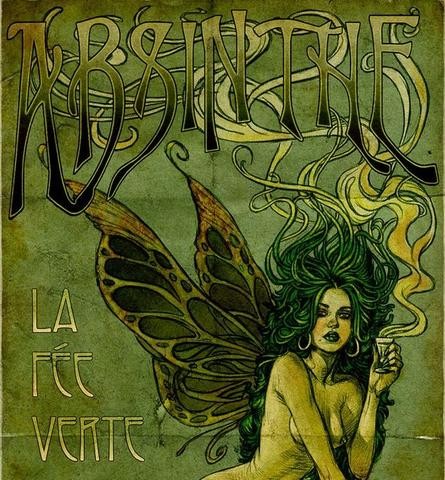
Absinthe was always diluted with water, a ratio of roughly 1:3, that's one part absinthe to two or three parts water. Use chilled still water, add the water slowly. Traditionally ice water was slowly dripped into the glass. The French Absinthe was traditionally higher in alcohol, about 72%, and they would add sugar to it using an absinthe spoon to hold the sugar over the glass and slowly drip the water over it.
Originating in Switzerland in the late 18th century absinthe is traditionally prepared with white grape spirit (eau de vie) and the herbs wormwood, anise and fennel.
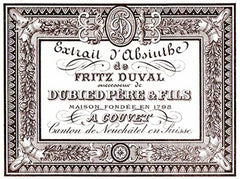
Although absinthe had been around for a while, especially as a tonic and curative, the first absinthe distillery, named Dubied Père et Fils, was opened in 1797 in Couvet Switzerland by Major Dubied, his son Marcelin and his son-in-law Henry Louis Pernod.
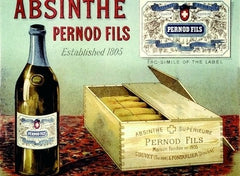
In 1805 they opened another distillery in Pontarlier france called pernod Fils, yes, where the famous French drink Pernod comes from.

Although it probably didn't need any help, popularity of absinthe grew in the 1840's when French Doctors prescribed it as a preventative for malaria to French soldiers in the Algerian campaign.

Absinthe became so popular in bars, bistros, cafés and cabarets by the 1860's that the hour of 5pm was called l'heure verte - the green hour. Notable absinthe drinkers included Ernest Hemingway, James Joyce, Arthur Rimbaud, Henri Toulouse-Lautrec, Amedeo Modigiani, Pablo Picasso, Vincent Van Gogh, Oscar Wilde, Marcel Proust, Edgar Allan Poe and Lord Byron.
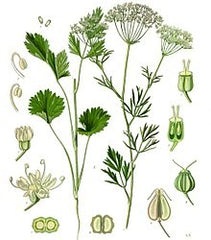
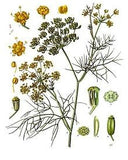
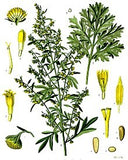
One early recipe was included in the 1864 'The English and Australian Cookery Book: Cookery for the Many as well as the Upper Ten Thousand'. It directs the maker to "Take of the tops of wormwood, four pounds: root of angelica, calamus aromaticus, aniseed, leaves of dittany: od each one ounce; alcohol, four gallons. Macerate these substances during eight days, add a little water, and distil by a gentle fire, unitil two gallons are obtained. This is reduced to a proof spirit, and a few drops of the oil of aniseed added."
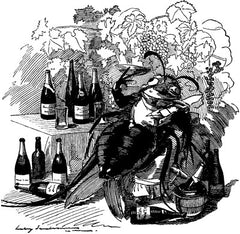
In 1863 in the Southern Rhone region a phylloxera epidemic began that swept through the vineyards of France and Europe - the Great French Wine Blight - decimating the wine and brandy industries. Absinthe sales soared. By 1910 the French were drinking 36 Million litres a year.
Towards the end of the 1800's governments began to become concerned over the heavy consumption of absinthe.
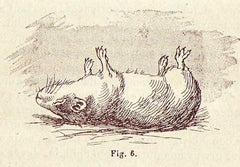
One of the first villifications of absinthe followed an 1864 experiment in which Dr Valentin Magnan exposed one guinea pig to large doses of pure wormwood vapour and another to alcohol vapours. The guinea pig exposed to the wormwood vapour experienced convulsive seizures, while the animal exposed to alcohol did not. Dr Magnan would later blame the chemical that occurs naturally in wormwood, Thujone, for the seizures.
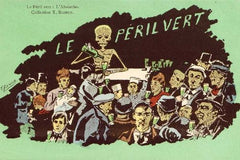
One critic claimed: 'Absinthe makes you crazy and criminal, provokes epilepsy and tuberculosis, and has killed thousands of French People. It makes a ferocious beast of man, a matyr of woman, and a degenerate of the infant, it disorganises and ruins the family and menaces the future of the country"

In 1905 a Swiss farmer. Jean Lanfray, murdered his family and attempted to take his own life after drinking absinthe. Lanfray was an alcoholic who had imbibed considerable quantities of wine and brandy before the killings, but that was overlooked or ignored, and blame for the murders was placed solely on his consumption of two glasses of absinthe.
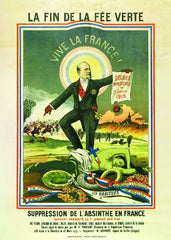
Absinthe was banned in France in 1915.


Leave a comment